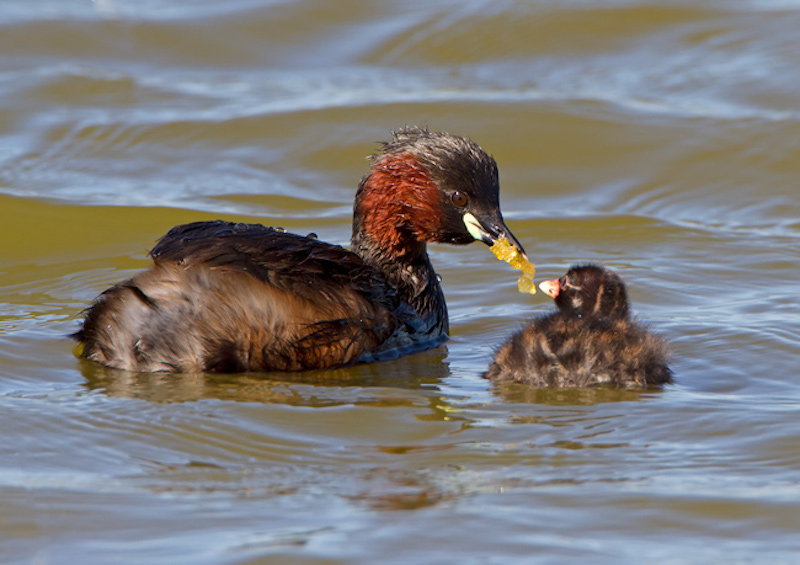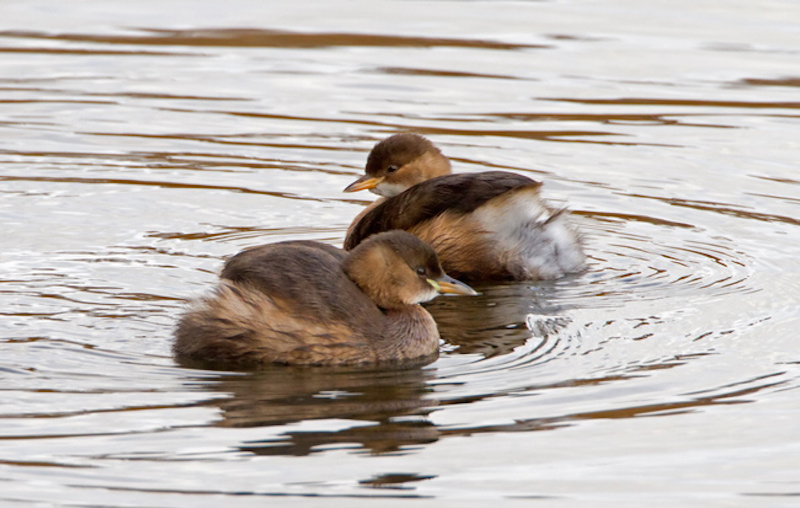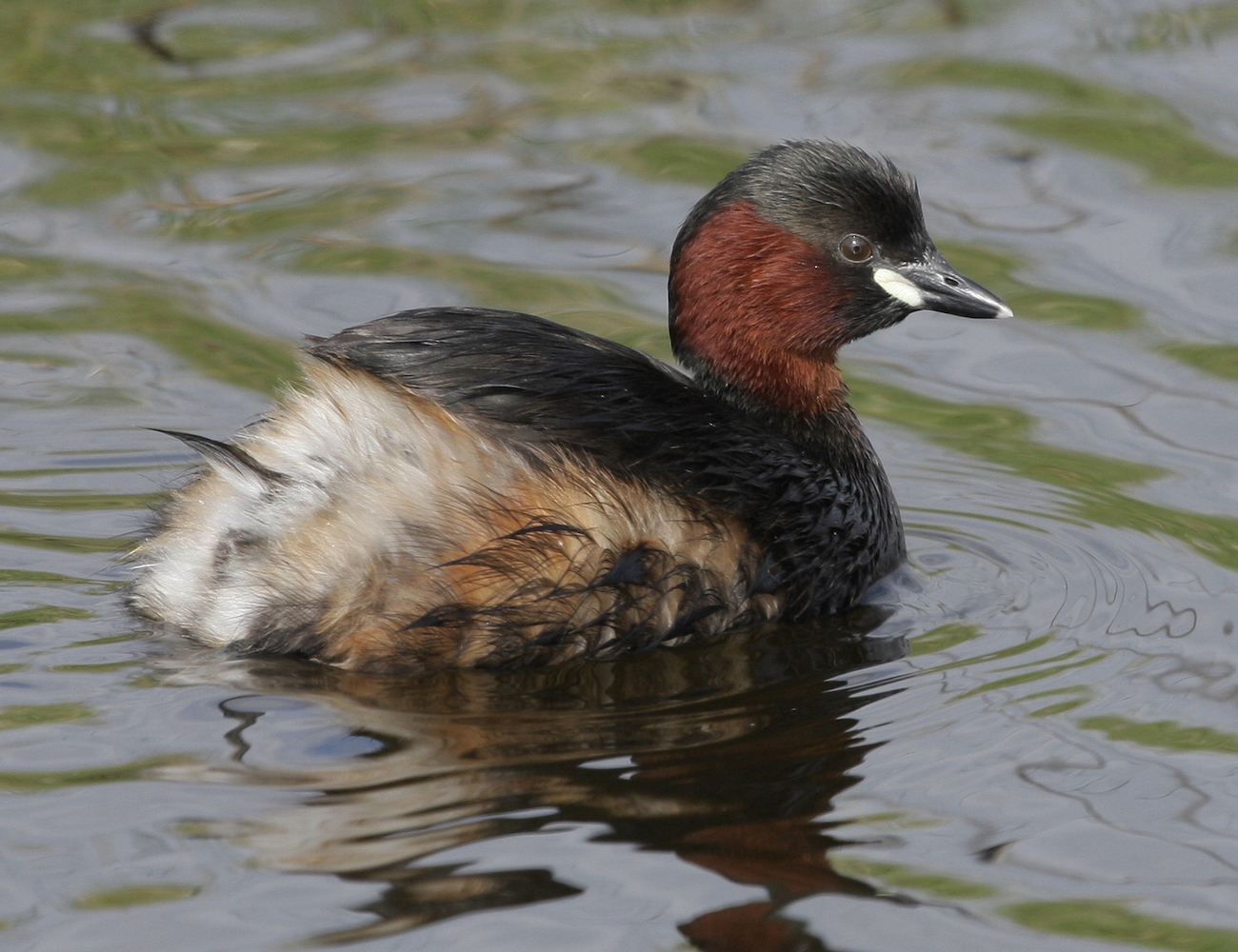Little Grebe Tachybaptus ruficollis



Little Grebe can be a secretive species, usually given away by its whinnying trill of a call. Not formerly as widespread as one might imagine given the availability of waterbodies in Lincolnshire. The Atlas put the breeding population at 200 to 400 pairs in the late 1980s. It has clearly spread since then as the last BTO Atlas 2007-2011 showed a net gain of birds breeding in 23 10km squares. This spread has been mirrored across much of England. The APEP4 adjusted estimate for 2016 is 400 pairs. The Atlas put the wintering population at 200 birds and WeBS Online shows the five year mean population to winter 2018/19 at around 300 birds, split broadly 50/50 between the estuary fringes and inland. The largest counts of the year tend to be in August-September with Frampton Marsh leading the LBR tables in the last few years with a peak of 65 in August 2018.
(Account as per new Birds of Lincolnshire (2021), included September 2022)
